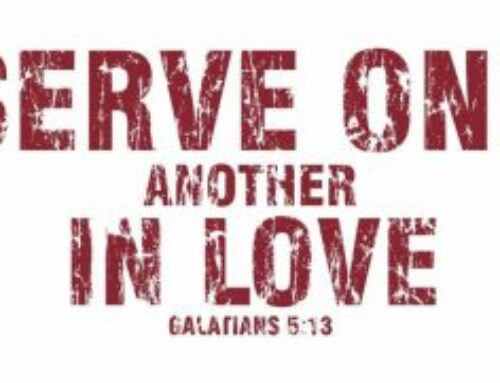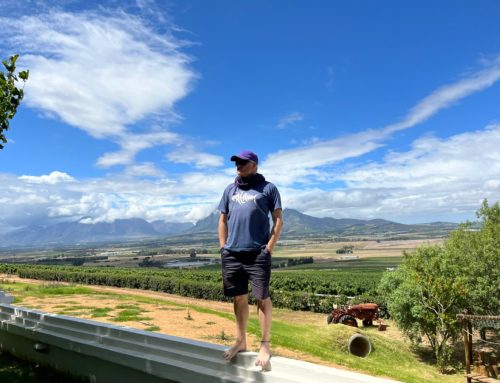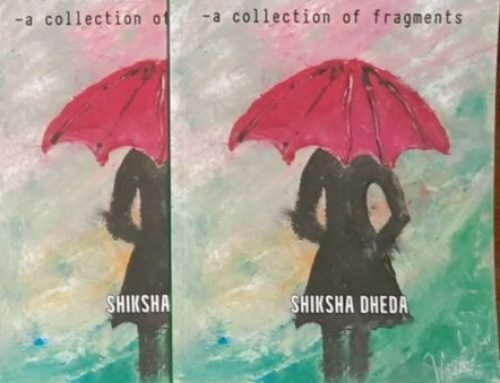What do the spaces you inhabit say about you?
On Saturday i shared an invitation with my white friends on Facebook:
White friends. Do this experiment. Be aware of the spaces you occupy today. And tomorrow. Then take a moment to reflect Sunday night. How many of those spaces (gym, dinner table, sports club, restaurant, church, coffee hangout) were 100% filled with white people? (except those who were serving you/cleaning up) How many of those spaces were majority white people? (So more than half the people were white) How many of those spaces were majority black/coloured/indian people (or other types of people if you don’t live in SA)? We’re there any spaces where you were the only white person/couple/family?
This is not a judgement. It is an invitation to reflect. If you live in South Africa and are white you make up 8% or so of the population. There has to be some level of intentionality (by you or someone else or even the historical systems that lead you to where you are) for you to move in majority white spaces.
For this weekend, simply observe. There may be some questions that form naturally for you out of that. We can chat about this a little more on Monday if anyone is up for it. But start by being aware…
Then today i did a Facebook Live video – which you can watch over here – chatting about some of these things a little further.
What do your spaces say about you?
i think this kind of experiment is helpful for everyone, no matter where you are, but specifically for white South Africans who make up less than 9% of the population of South Africa, this is a good one for us.
Especially if the majority of the places we frequent are white majority spaces. Because in a country where we make up such a small percentage it takes some kind of intentionality to end up mostly in spaces where everyone looks like you.
i believe the absolute best way to deal with racism and prejudice that lurks beneath in those of us who really are wanting to do everything we can to free ourselves of it, is to invest in deep relationships with people who don’t look like us.
The Us vs. Them conversation is where racism/prejudice thrives when “they” are different to us it is easy to vilify, to stereotype, to feel superior, to be suspicious of… but the moment we invite “them” into our inner circle and “they” become part of us… well then, so much shifts and it becomes so much easier to see and to hear and to listen and to be open to more meaningful conversation and to be ready to have some of the more painful encounters and be open to dealing with your crap and really gives you a significant lens with which you can view someone else’s pain and hopefully be prepared to do whatever it takes to meet that.
i believe the hugest of these is where we live and encourage you to think seriously about moving if you are just surrounded by white folks in a white suburb.
But where we gym and where we go to church and who we play sport with and most importantly who we invite to sit at our dinner table are all ones that are really quite easy to tweak.
Let’s also not give in to the lie of being ‘colourblind’, but let us rather be colour-aware and colour-celebrationary. What are the people who don’t look like me adding to this beautiful melting pot of difference? When we get there, then we will truly be able to live much better together, as we share meals, and holidays, and dreams and laughs and tears.








It is a conversation which must be had. So happy you are talking about it openly.
Thank you and thanks for stopping by!